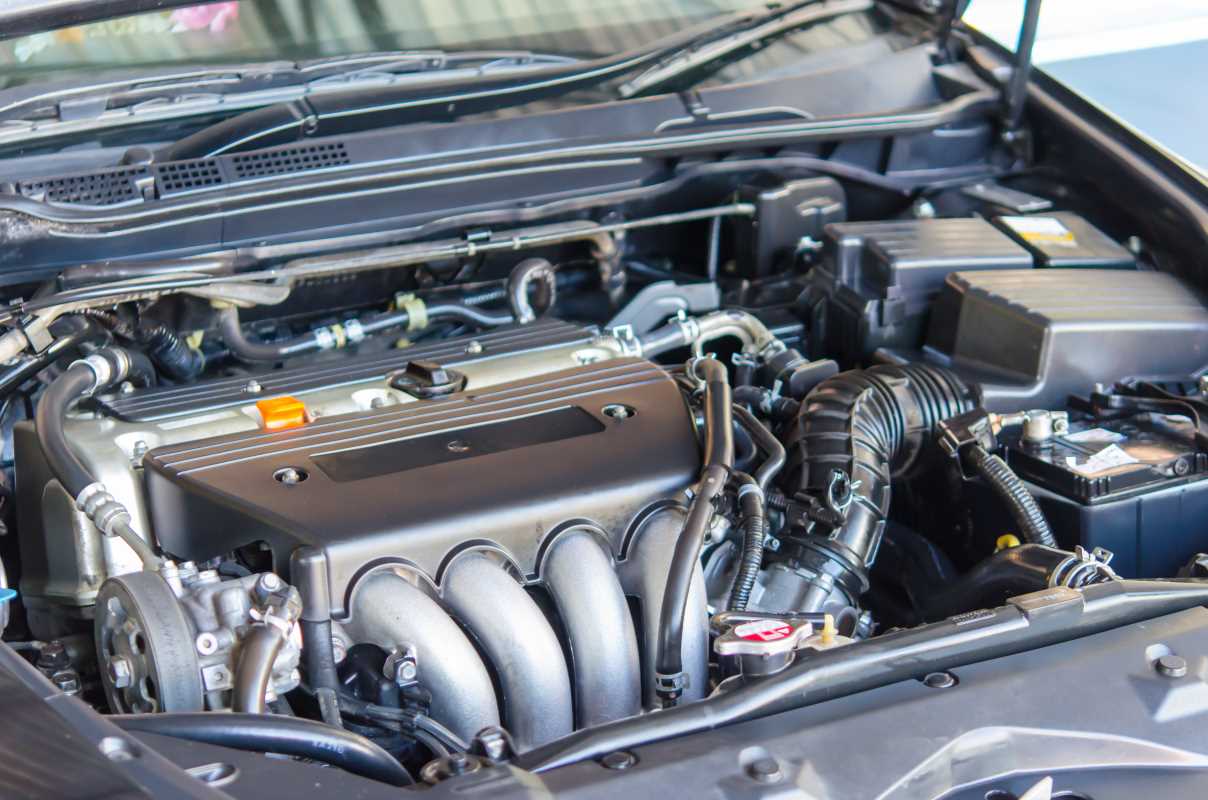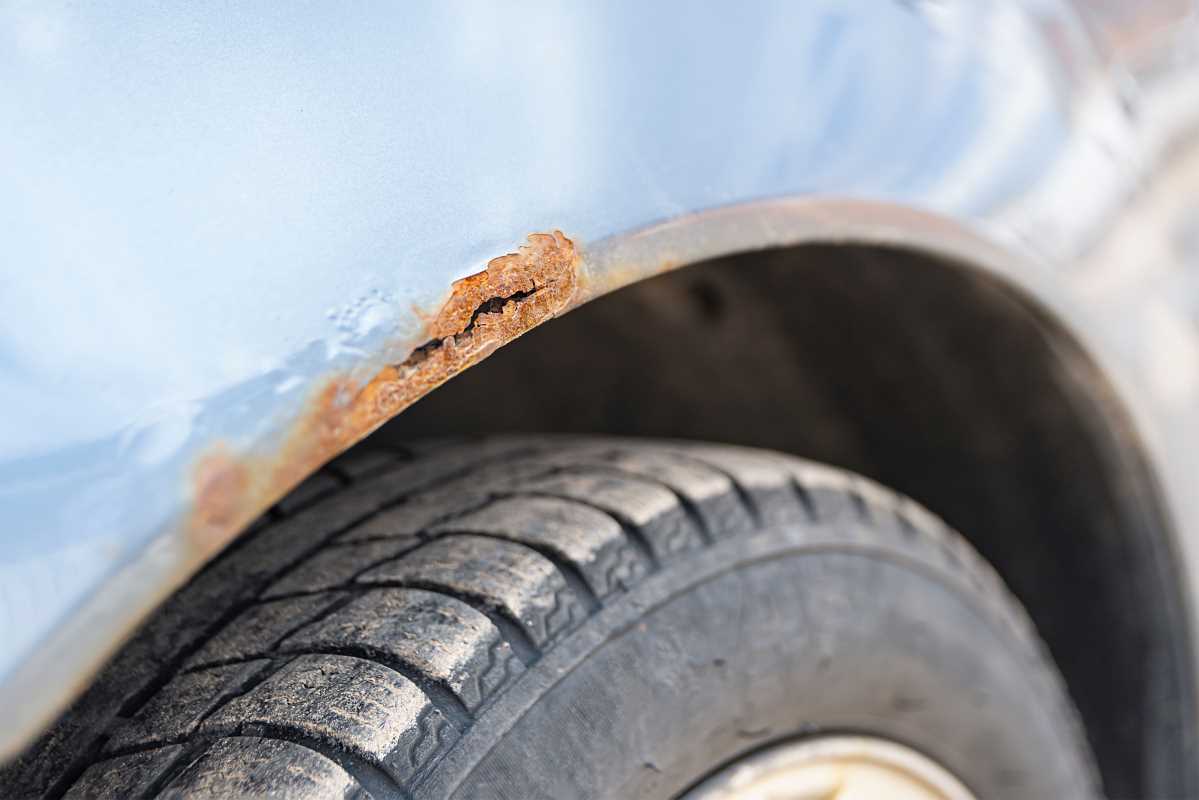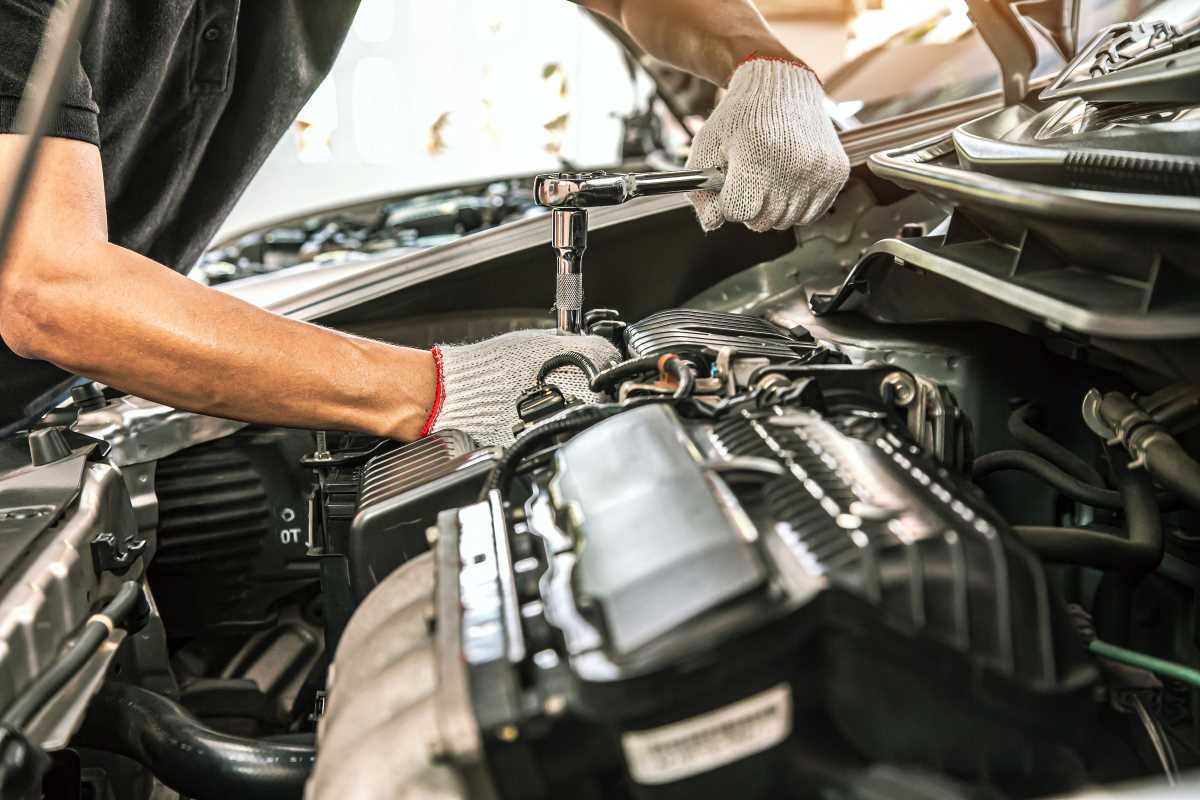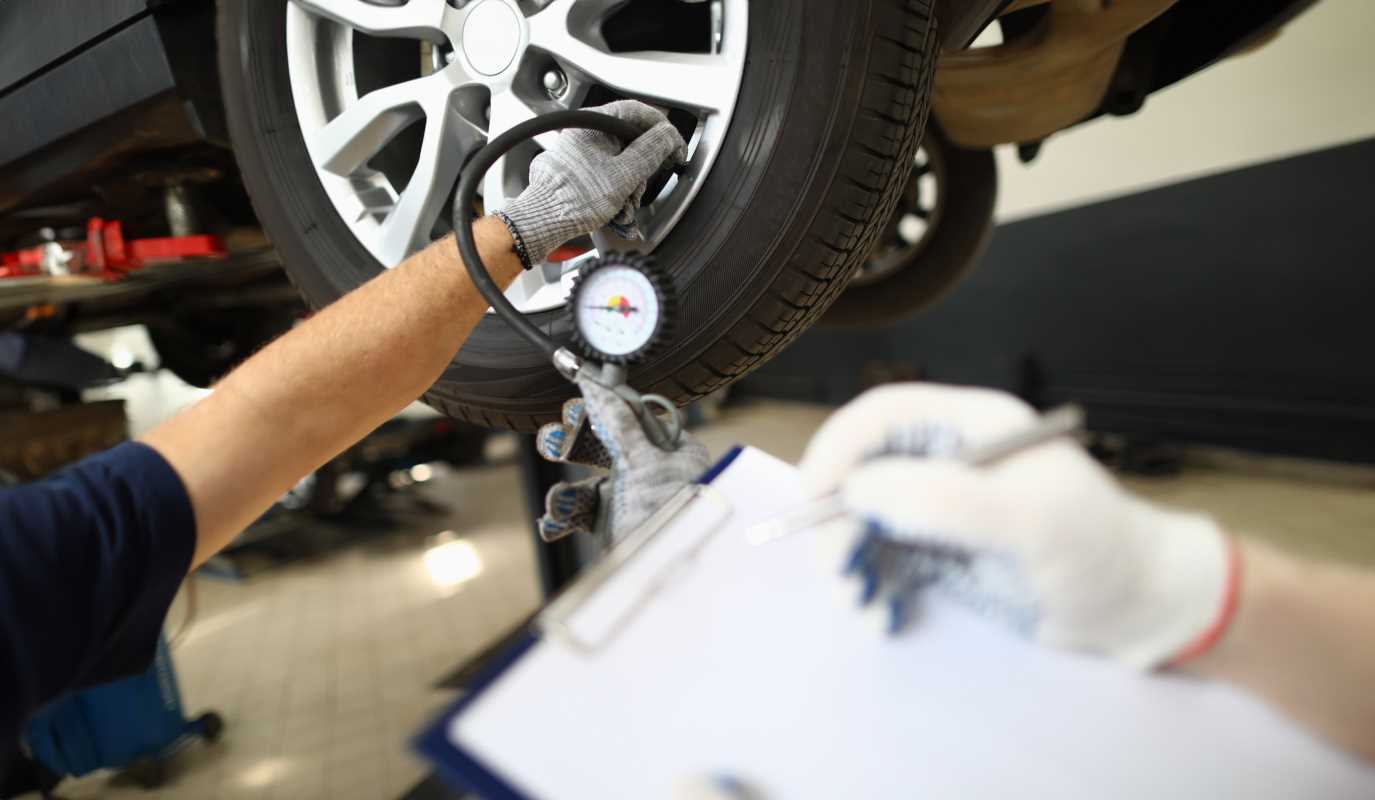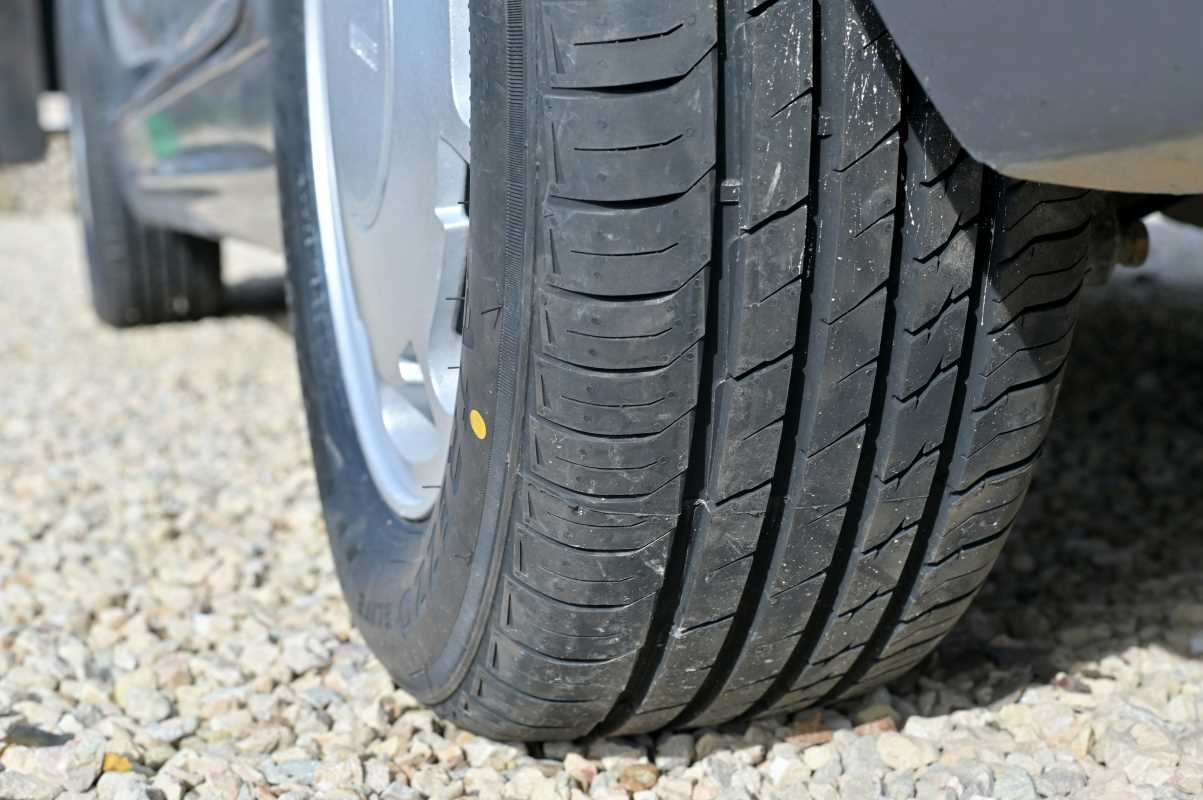Inside your vehicle, the engine depends on a steady, pure airflow to run efficiently and stay in top shape. Just as people thrive on fresh air, your engine relies on uncontaminated oxygen to produce strength and smooth response. The component responsible for guaranteeing this steady supply is the air filter. If it becomes blocked or can’t do its job well, the result can be sluggish power delivery, reduced responsiveness, or lower efficiency. In this comprehensive overview, you’ll learn about the various filter styles, their unique properties, and some of the leading manufacturers. We'll arm you with the details needed to select an ideal option for your car.
Why a Clean Air Filter Matters
Combustion engines draw in enormous amounts, around 10,000 gallons for each gallon of gasoline used, of outside air. This outside flow arrives full of tiny intruders: dirt, dust, pollen, bugs, and particles from the road. The filter blocks these unwanted particles before they can cause harm inside the engine.
Without this safeguard, even microscopic grit would grind and scar vital engine internals. Such wear can lower compression, increase oil consumption, and in the worst case, cause the engine to fail entirely. Keeping the filter fresh maintains easy airflow, lets your car’s computer deliver the right mix of fuel and air, and helps protect everything from the cylinders to the valves. Not to mention, it’s an easy, low-cost maintenance project.
Comparing Types of Engine Air Filters
Air filter options vary mainly by the materials used to trap debris. This choice affects how much is blocked, how freely air moves through the filter, and how long each filter lasts.
Paper/Cellulose Designs
You’ll find these filters as the default option in most production vehicles. Constructed from pleated fibers (often strengthened with resin), they provide a barrier against fine dust and grime.
Functionality: These filters use a “surface-loading” approach, gathering particles mainly on the pleated exterior. This allows very fine dust to be captured early, shielding engine parts from harm.
Strengths:
- Effective Screening: They typically remove 98–99% of intrusive debris.
- Affordable: Replacement costs are low, making them an economical solution.
- Readily Found: You can pick up a compatible version for nearly any make or model at most stores.
Limitations:
- Disposable: Once full, these are tossed out and replaced, typically after 12,000–15,000 miles.
- Restricted Flow Over Time: As buildup occurs, passing air can be slowed down, which sometimes affects engine response.
Reusable Cotton Gauze (Oiled) Filters
Well-known for boosting airflow and designed to last for years, these use stacked cotton layers set between metal mesh, each layer coated with a thin oil film.
Functionality: Acting as a “depth-loading” structure, debris is trapped throughout the filter’s layers. This setup combined with an oil coat allows more air to pass through versus standard paper styles.
Strengths:
- Less Restriction: The open design can yield slightly better throttle feel, and sometimes a bit more horsepower.
- Longevity: After washing and reapplying oil, these can serve a car for many miles, often lasting as long as the vehicle.
- Savings Over Time: Although pricier up front, you’ll avoid buying as many replacements.
Limitations:
- Can Let Through Finer Dust: Some tests suggest the tiniest particles might sneak through more often than with top-tier paper options.
- Upkeep Needed: Periodic cleaning and careful re-oiling are essential. Too much oil can interfere with sensitive sensors under the hood.
Synthetic Dry Styles
These filters combine effortless airflow with low maintenance and require no oiling. Built from specialized synthetic materials, their design focuses both on capturing dust and easy cleaning.
Functionality: By using synthetic fibers, they offer “depth-loading” as well, trapping particles inside the media while keeping resistance low.
Strengths:
- Balanced Airflow and Filtering: Very skilled at moving plenty of air while still catching most impurities.
- Reusable and Simple to Clean: Many can be rinsed, left to dry, and then put right back in service with no oils or mess.
- Avoids Sensor Problems: No oil means less risk of damaging electronic parts in modern engines.
Limitations:
- Higher Starting Price: These are often a bit more expensive than other filter types.
Top Names in the Filter Marketplace
Certain manufacturers have earned a reputation for combining innovative features, lasting durability, and strong filtration in their products.
- K&N Engineering: Known for durable, oiled cotton options, K&N builds for those who value both strength and a little added sound or engine pep. Their commitment is clear with long warranties and a cult following among gearheads.
- AEM Induction Systems: Specializing in synthetic, oil-free varieties, AEM’s Dryflow line scores high marks for those seeking to avoid maintenance chores and maximize longevity.
- Purolator: A respected staple for original-equipment and aftermarket filters, Purolator’s top cellulose models give robust, everyday protection, often exceeding what comes from the factory.
- Wix Filters: With a legacy in performance and reliability that extends to heavy machinery, WIX’s products are praised for both their build quality and ability to stand up to daily demands.
- Fram: Easily recognized on shelves for years, Fram’s broad range runs from value-focused versions to high-end synthetic models, delivering solid choices for nearly every need and budget.
How to Pick the Ideal Option
Finding your best match means thinking through your goals, your car’s needs, and how much time you want to spend on upkeep:
- Main Purpose: If your priority is worry-free operation and you drive in everyday conditions, sturdy paper filters from WIX or Purolator work exceptionally well. Anyone eager for a small performance edge or sportier intake sound might appreciate a reusable oiled or synthetic option instead.
- Willingness for Upkeep: Basic paper designs can be swapped out once and not thought of again until your next scheduled checkup, while washable versions ask for more attention but reduce long-term waste.
- Environment and Usage: Frequent trips through dusty places might call for maximum screening capability found in premium paper construction. In average urban or highway driving conditions, nearly any quality design will serve well.
Taking just a few minutes to replace your filter can make a noticeable impact on engine health, smoothness, and fuel use. By weighing your driving habits and preferences, it’s easy to find an option that keeps your engine breathing clearly mile after mile.
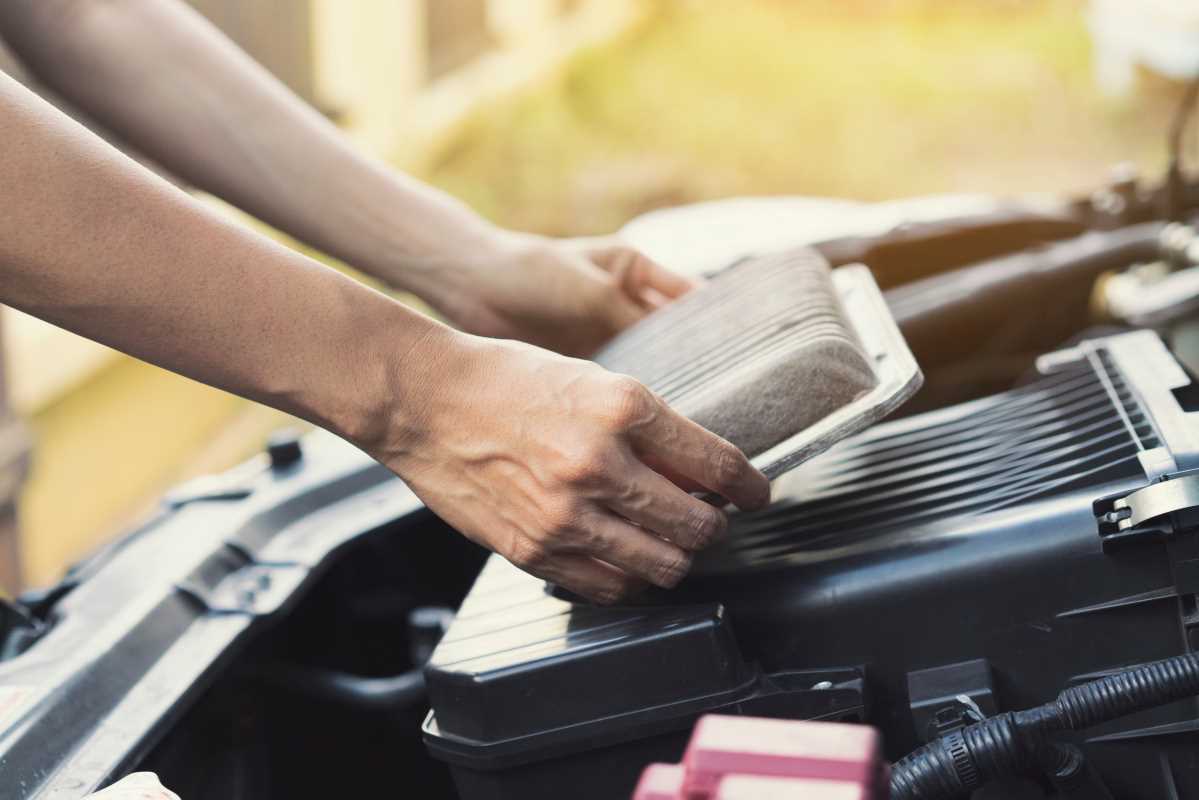 (Image via
(Image via